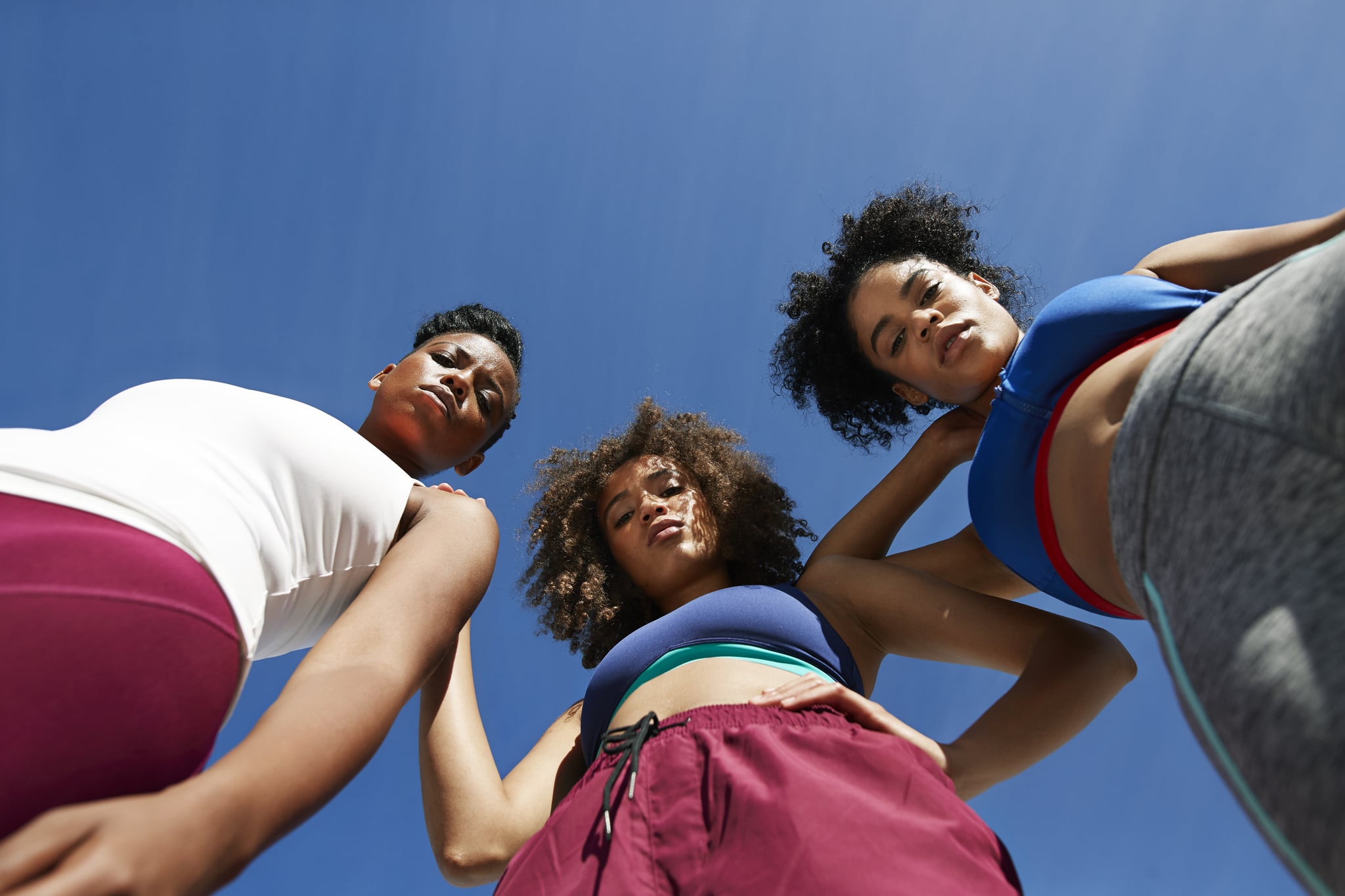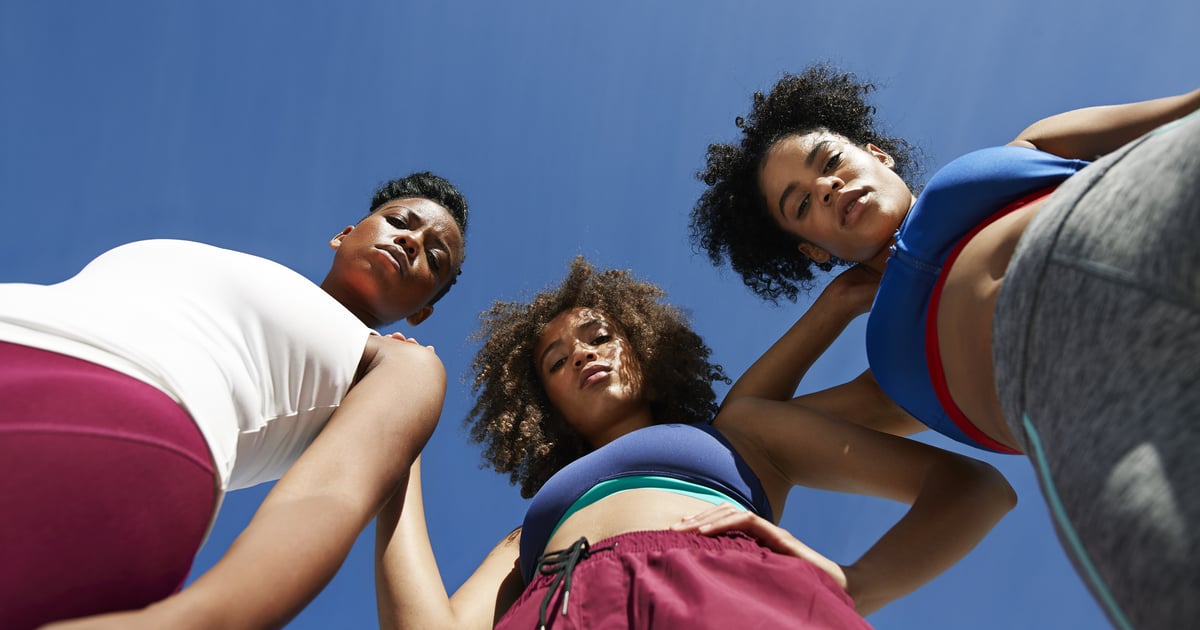
You’ve probably seen them in your feed at some point or another: traditionally healthy, fit, muscled young men and women, sharing fitness tips, workout routines, and smoothie recipes. Their workout sets always match, and despite the challenging workout routines they share, they almost never look sweaty. Who are they? Fitfluencers: influencers who have built their following by sharing a range of wellness and fitness content.
We live in an era when anyone and everyone can claim to be an expert, especially on social media. But with hundreds and thousands of people claiming to have the key to a healthier, more fit you, how do you sort the actual experts from the fakes?
What Are the Risks of Following “Bad” Fitfluencers?
While fitfluencers, like social media, are not inherently good or bad, when it comes to fitness content, it’s especially important to be able to spot creators without actual credentials so you can take their advice with a grain of salt.
“Non-accredited influencers may inadvertently promote unsafe practices, unrealistic expectations, and quick-fix solutions,” Sabrena Jo, PhD, an ACE-certified trainer. This misinformation can lead to discouragement about your own results at best, and injury at worst. (Remember when everyone was dry scooping pre-workout?)
But it isn’t just fitfluencers who’re offering how-to content that you should be wary of. Even fitness inspiration content, often known as #fitspo, which can seem relatively innocuous, can have dire consequences. A systematic review of the effects of fitspiration content on body image showed that “exposure to ‘fitspiration’ increased individuals’ body dissatisfaction, physical appearance comparisons, and negative mood, especially in younger populations.”
Young people and fitness newcomers are especially susceptible to bad wellness advice or fitspo online, Dr. Jo says. “Young adults and teenagers . . . are still forming their self-image and understanding of health and fitness,” she explains. “Individuals new to exercise might not have the knowledge to discern between credible advice and potentially harmful recommendations,” she says.
That said, there are fitfluencers out there who are creating really fantastic content — for free! “The rise of fitness influencers has significantly democratized access to fitness information and motivation,” Dr. Jo says. Following accredited fitness professionals can be a great way to get motivated, find new workout ideas, and foster a sense of community, she says.
“Any fitfluencer can motivate you to want to move your body, which can be a very positive attribute,” adds Jeanette Jenkins, creator of The Hollywood Trainer Club and trainer to celebrities like P!nk, Alicia Keys & Jurnee Smollett.
“However, [the rise of fitness influencers] has also led to the proliferation of misinformation and potentially harmful practices, which is why it’s crucial for consumers to be discerning and critical of the fitness content they consume online,” Dr. Jo adds.
So rather than telling you to simply block every fitness-adjacent account on your feed, we took a deep dive into the world of fitfluencers, asking credentialed experts how you can suss out the good from the bad — and what actually justifies an unfollow.
How Can You Spot a Trustworthy Fitfluencer?
There are four things that you should look for when determining if someone is a reputable fitness professional, Dr. Jo says.
Credentials
“Accredited professionals are more likely to provide safe, realistic, and sustainable fitness advice, reducing the risks associated with misinformation.” Dr. Jo says. Look for formal qualifications like degrees in exercise science, kinesiology, or related fields. Accredited professionals often have certifications from recognized organizations (e.g., ACE, ACSM, NSCA).
But a string of capital letters isn’t the only thing to look for: double check any acronyms you don’t recognize to make sure they’re legit. And be wary of people who are giving advice that falls outside the scope of their credentials (ie, a personal trainer shouldn’t be giving nutrition advice, unless they have a separate related degree, and vice versa for nutritionists making workout videos).
Evidence-Based Approach
“Professionals tend to base their advice on scientific research and established exercise principles, rather than trends or personal anecdotes,” Dr. Jo says. Someone’s personal experience can be inspiring or interesting; but if they’re telling you to take advice, their reasoning should be based in science — not just, “It worked for me!”
Transparency
Genuine professionals are transparent about their qualifications and the limitations of their expertise. They are more likely to refer to other specialists when necessary, Dr. Jo says.
Content Quality
“Accredited professionals focus on safe, effective training methods and often provide detailed, context-rich information, rather than just visually appealing content.” Those matching workout sets may be cute, but they’re not as important as proper form.
Vibes
There’s a fifth, less tangible quality to consider when deciding whether to follow a fitfluencer, and that’s how the content makes you feel. “I recommend people follow any fitfluencers that motivate, inspire, educate or just make them laugh and enjoy life,” Jenkins says. “It’s important to think critically and set your own parameters around content. You can engage with both accredited and non-accredited fitfluencers and be inspired by both of them in different ways.” On the other hand, if scrolling your feed leaves you feeling guilty, unhappy with your body, or like you’re not enough, it’s time for a change.
What Are Red Flags to Avoid?
In addition to looking for quality health and fitness content online, keep an eye out for any of the following warning signs that the content you’re consuming could be damaging.
Appearance-Focused Content
To some extent, this is impossible to avoid on social media. “The problem with following any fitfluencer — or engaging with this online culture writ large — is that ultimately the message is how you look is the most important part of one’s life,” says Sarah Schrank, PhD, a history professor at California State University Long Beach and E-RYT 500 yoga instructor. “No matter how much energy is spent on ‘feeling good,’ ‘being positive, ‘owning one’s body,’ etc., the medium of online fitfluencing is inherently visual.” That said, some fitfluencers promote appearance-focused results or post a lot of before-and-after pictures — and being told, even implicitly, that your body should look a certain way is never OK.
Extreme Claims
“Credible professionals are unlikely to promise rapid, dramatic results or push extreme diets and workouts,” Dr. Jo says. And as you should with most sources of information in your life, Dr. Jo recommends critically evaluating the information that your favorite fitfluencers share, to watch for “consistency with established health and fitness guidelines.”
One-Size-Fits-All Advice
“Health and fitness is a lifelong journey and it is about understanding your own body and how it functions, and doing the workouts that are best for you,” Jenkins says. Fitfluencers that make sweeping statements about how certain types of exercise or wellness practices will deliver a specific result for everybody (for example, “Pilates arms”) should be avoided.
The Bottom Line
Fitfluencers are, at the end of the scrolling spree, just people, all of whom have their own journeys with health, exercise, and wellness, and who have built impressive platforms based on sharing those journeys. While some may be complicit in the #fitspo phenomenon, most are genuinely there to help people become healthier, stronger versions of their current selves. Some may not even realize that their content could be harmful.
“The fitness influencer space has the power to inspire positive change,” Dr. Jo says. “But it also bears the responsibility of ensuring that the information shared is accurate, safe, and promotes an evidence-based approach to health and wellness.”
The content that fitfluencers share is a tool that can be helpful or harmful for your fitness journey, depending how you use it. If opening Instagram or TikTok to see a familiar, smiling face who encourages you to get off your phone and into your running shoes is beneficial for your personal fitness motivation, then certainly keep your favorite fitfluencers in your life. But if their content is causing you to feel guilt, shame, or wrongness about your body, it’s better to hit the gym your way . . . and then hit unfollow.
One piece of fitness content can be motivating for one person and potentially harmful for someone else, so you have to choose for yourself by being in touch with your emotions and how you feel when you see content,” says Jenkins. “If your reaction is a negative emotion or a trigger, then that’s not the content for you.”
Kaley Rohlinger is a freelance writer for PS who focuses on health, fitness, food, and lifestyle content. She has a background in the marketing and communications industry and has written for PS for over four years.
